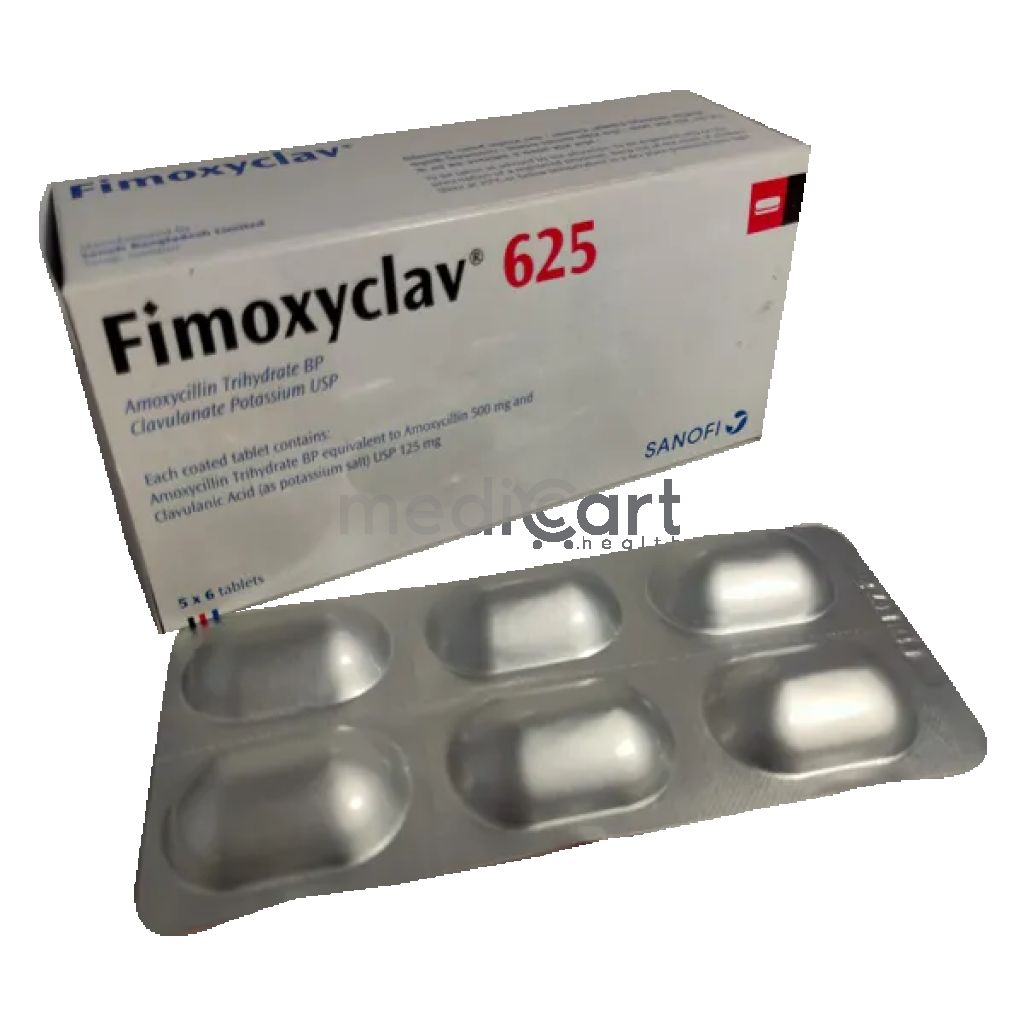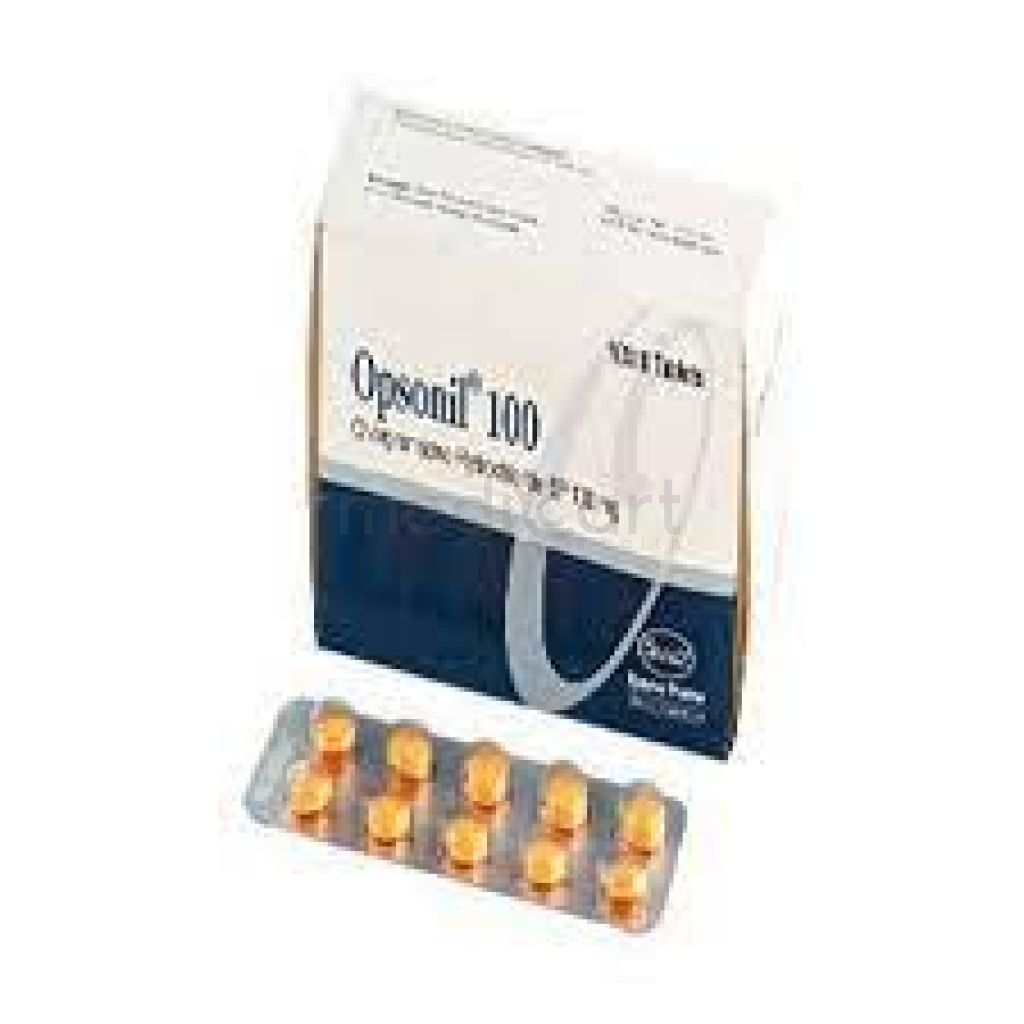

D-Toin - 100mg
Tablet
Pack Size :
10 Tablet x 1 Strip
Generics :
Phenytoin Sodium
Manufacturer :
Drug International Ltd.
Best Price *
TK
35.00
* Delivery will be done in Dhaka city only.
More Information About - D-Toin - 100mg
Description
Generic Name
Phenytoin SodiumPrecaution
Cardiovascular disease, e.g. sinus bradycardia, heart blocks; DM; hepatic impairment; hypoalbuminemia; porphyria; seizures (may increase frequency of petit mal seizures); debilitated patients; elderly. Caution in IV admin in hypotension, heart failure or MI, monitor BP and ECG during therapy. IV must be given slowly (too rapid admin may cause hypotension, CNS depression, cardiac arrhythmias and impaired heart conduction). Extravasation and intra-arterial admin must be avoided. Do not discontinue abruptly (may increase seizure frequency), unless safety concerns require a more rapid withdrawal. May impair ability to drive or operate machinery. Lactation: Excreted in breast milk; not recommendedIndication
Epilepsy, Tonic-clonic status epilepticusContra Indication
Pregnancy. IV admin in sinus bradycardia, heart block, or Stokes-Adams syndrome.Dose
N/ASide Effect
Hypersensitivity, lack of appetite, headache, dizziness, tremor, transient nervousness, insomnia, GI disturbances (e.g. nausea, vomiting, constipation), tenderness and hyperplasia of the gums, acne, hirsutism, coarsening of the facial features, rashes, osteomalacia. Phenytoin toxicity as manifested as a syndrome of cerebellar, vestibular, ocular effects, notably nystagmus, diplopia, slurred speech, and ataxia; also with mental confusion, dyskinesias, exacerbations of seizure frequency, hyperglycaemia. Solutions for inj may cause local irritation or phlebitis. Prolonged use may produce subtle effects on mental function and cognition, especially in children. Potentially Fatal: Toxic epidermal necrolysis, Stevens-Johnson syndrome.Pregnancy Category
Name : Not Classified
Description
FDA has not yet classified the drug into a specified pregnancy category.Mode of Action
Phenytoin acts as an anticonvulsant by increasing efflux or decreasing influx of sodium ions across cell membranes in the motor cortex during generation of nerve impulses; thus stabilising neuronal membranes and decreasing seizure activity. It acts as an antiarrhythmic by extending the effective refractory period and suppressing ventricular pacemaker automaticity, shortening action potential in the heart.Interaction
Effects with other sedative drugs or ethanol may be potentiated. Enhances toxic effects of paracetamol, lithium. Increased risk of osteomalacia with acetazolamide. Decreased serum levels/effects with acyclovir, antineoplastics, benzodiazeines, ciprofloxacin, CYP2C9 inducers (e.g. carbamazepine), CYP2C19 inducers (e.g. rifampin), folic acid, vigabatrin. Increased serum concentrations with allopurinol, capecitabine, cimetidine, CYP2C9 inhibitors (e.g. fluconazole), CYP2C19 inhibitors (e.g. delavirdine), disulfiram, methylphenidate, metronidazole, omeprazole, SSRI, trazodone, trimethoprim. Increases metabolism of antiarrhythmics, anticonvulsants, antipsychotics, beta-blockers, calcium channel blockers, chloramphenicol, corticosteroids, doxycycline, oestrogens, HMG-CoA reductase inhibitors, methadone, theophylline, TCAs. Decreases levels/effects of clozapine, ciclosporin, tacrolimus, CYP2B6 substrates (e.g. bupropion, selegiline), CYP2C8 substrates (e.g. amiodarone), CYP2C9 substrates (e.g. celecoxib), CYP2C19 substrates (e.g. citalopram), CYP3A4 substrates (e.g. benzodiazepines), digoxin, itraconazole, levodopa, neuromuscular-blocking agents, thyroid hormones, topiramate. Increases levels/effect of dopamine, ticlopidine. Valproic acid may displace phenytoin from binding sites; and affect phenytoin serum concentrations. Transiently increases the hypothrombinaemia response to warfarin initially, followed by an inhibition of the response. Potentially Fatal: Enhances the hypotensive properties of dopamine and the cardiac depressant properties of lidocaine.Pregnancy Category Note
Pregnancy An increased incidence of major malformations (such as orofacial clefts and cardiac defects) and abnormalities characteristic of fetal hydantoin syndrome (dysmorphic skull and facial features, nail and digit hypoplasia, growth abnormalities [including microcephaly], and cognitive deficits) reported among children born to epileptic women who took phenytoin alone or in combination with other antiepileptic drugs during pregnancy An increase in seizure frequency may occur during pregnancy; periodic measurement of plasma phenytoin concentrations may be valuable to make appropriate dosage adjustments; postpartum restoration of original dosage will probably be indicated Consider vitamin K supplementation for 1 month before birth Lactation Phenytoin is secreted in human milk; developmental and health benefits of breastfeeding should be considered along with mother?s clinical need for therapy and any potential adverse effects on breastfed infant from phenytoin or from underlying maternal conditionAdult Dose
Status epilepticus Load 10-15 mg/kg or 15-20 mg/kg at 25-50 mg/min, THEN Maintenance: 100 mg IV q6-8hr PRN Administer IV slowly; not to exceed 50 mg/minChild Dose
Status Epilepticus 15-20 mg/kg IV in single or divided dose; if necessary may administer additional dose of 5-10 mg/kg 10 min after loading dose Maintenance: 4-8 mg/kg/day IV divided twice dailyRenal Dose
N/AAdministration
IV Preparation Load IV in 250 mL NS; monitor BP IV/IM Administration Administer slowly; no more than 50 mg/min in adults and no more than 1-3 mg/kg/min in pediatric patientsDisclaimer
The information provided herein are for informational purposes only and not intended to be a substitute for professional medical advice, diagnosis, or treatment. Please note that this information should not be treated as a replacement for physical medical consultation or advice. Great effort has been placed to provide accurate and comprehensive data. However, Medicart along with its authors and editors make no representations or warranties and specifically disclaim all liability for any medical information provided on the site. The absence of any information and/or warning to any drug shall not be considered and assumed as an implied assurance of the Company.






